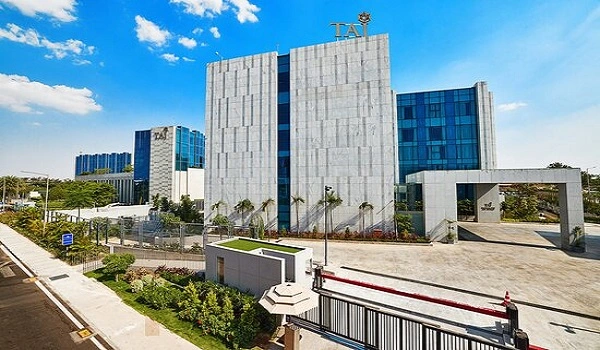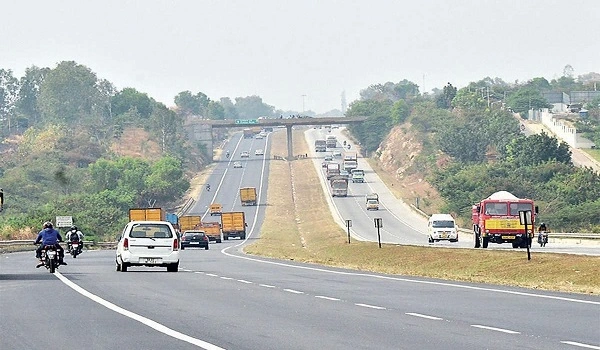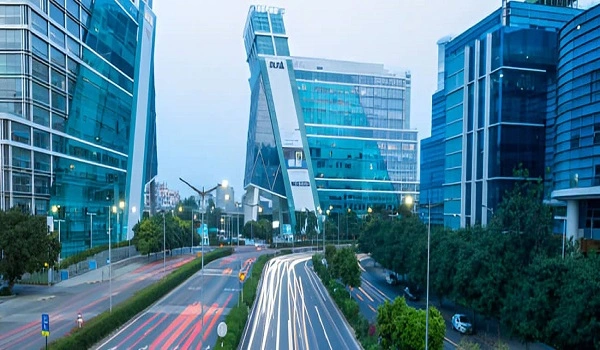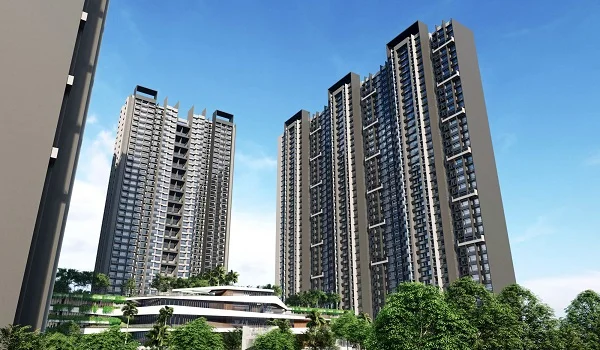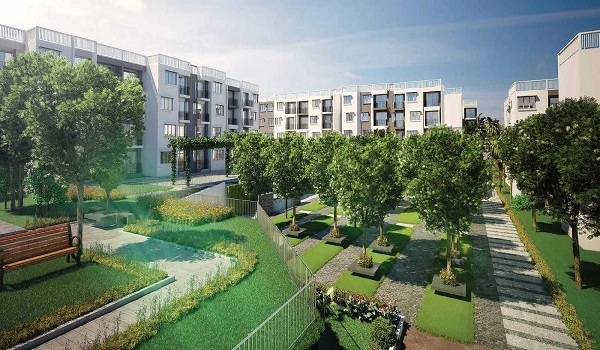Ev-Ready Homes In Bangalore: Why Premium Buyers Prefer Apartments With Charging Today
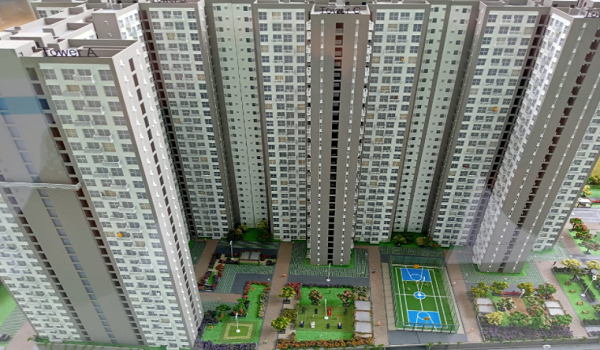
EV-ready homes are residential apartments or villas designed with built-in electric vehicle charging and the power capacity to support it from day one. In Bangalore, this feature has moved from nice-to-have to must-have. With more EVs on the road and residents caring about clean mobility and lower running costs, developers are planning charging as part of the blueprint, not a later add-on. You can see this direction clearly in North Bangalore's newer townships, including Shettigere, where large, well-planned communities like Godrej MSR City are shaping how premium housing will work over the next decade.
An EV-ready home is wired for effortless charging without messy retrofits. The essentials are simple: enough electrical load at the main panel, a safe way to bring power to every parking bay, and a billing method that records who used how much. Good designs also think about visitor charging and future scale as more residents switch to EVs.
Core elements you should expect:
- Conduits or cable trays running to each parking slot
- Provisioned load at the building transformer and LT panels
- Smart meters or sub-meters for fair, per-home billing
- Load management to balance multiple cars charging at once
- A few shared fast chargers for guests or secondary vehicles
Two forces are pushing the change. First, EV ownership in Bangalore is rising on the back of better models, higher fuel prices, and practical city commutes. Second, retrofitting older apartments is painful. You run into thin cables, cramped shafts, and unclear rules about who pays for what. Buyers have learned from that. Many now shortlist only those projects that make EV charging simple, safe, and fairly billed.
- Power and safety. Extra transformer capacity, proper earthing, fire-safe cable routes, and protection devices that trip cleanly during faults.
- Parking readiness. Pre-laid conduits avoid drilling later. Accessible panels mean less downtime when a charger needs service.
- Smart billing. App-based metering lets you track consumption, split costs in two-car households, and manage overnight charging.
- Future scale. Builders plan phased upgrades as EV numbers climb, so the system stays stable when half the community owns an EV.
Charging at home is usually the cheapest and most convenient way to run an EV. You plug in at night and wake up to a full battery. From a property view, EV readiness lifts resale value because the next buyer will likely expect it. It also cuts conflict in resident associations, since rules for charging and billing are built into the community from day one.
Bangalore's pro-EV stance and utility support have made it easier for housing societies to add charging points. New projects that align with these norms move faster on approvals and avoid the retrofit maze later. For buyers, that means fewer surprises and clearer operating costs.
Shettigere in North Bangalore sits by the airport Trumpet Road with quick access to NH 44 and SH 104. It is a natural fit for large, future-ready townships where EV planning can be done at scale. Godrej MSR City is one such project. The master plan spans 62 acres with about 20 acres of green space and a total plan of roughly 4,000 units across 2 and 3 BHK homes. Current configurations include 2 BHKs from about 1186 to 1292 sq ft and 3 BHKs from about 1585 to 1876 sq ft, with prices starting near ₹1.18 crore for 2 BHKs. The site is close to Doddajala and Chikkajala Metro stations, which supports a car-light lifestyle for many residents.
From an EV lens, township scale matters. When you plan charging at the master-plan stage, you can size transformers sensibly, route cable trays neatly, assign individual meters, and keep visitor fast chargers in visible, well-ventilated spots. You also avoid later disputes about where the conduits run and who pays for upgrades.
- Less hassle. No running to public chargers after work. You plug in at your own slot.
- Cleaner basements. Organized cabling and clear markings cut clutter and risk.
- Fair sharing. Smart metering ends guesswork and keeps bills transparent.
- Quieter nights. Managed loads prevent breakers from tripping when many cars charge together.
- Slot-level provision: Is there a dedicated conduit and point at your parking bay?
- Capacity plan: How much spare load is reserved for EVs across the project?
- Metering: Will you get a separate meter or app-based tracking for your charger?
- Charger type: Can you install a 7.4 kW AC charger at your slot, and are there shared fast chargers?
- Rules and costs: Are installation guidelines, safety standards, and usage charges written into the handover documents?
- Future upgrades: Is there a roadmap for adding more chargers as adoption grows?
Big parcels on the city's edge allow cleaner utility rooms, wider shafts, and smarter parking layouts. That makes EV infrastructure easier, safer, and cheaper to maintain. Residents still get good city links thanks to highways and the expanding metro network, while enjoying campus-scale amenities and greener streets. This is why many Tier-1 developers are rolling out EV-ready plans in nodes like Shettigere.
EV-ready homes are the new baseline for premium housing in Bangalore. Buyers want safe, slot-level charging, fair billing, and room to scale as more families add a second EV. Townships that integrate these features upfront deliver smoother ownership and stronger resale value. In North Bangalore, communities like Godrej MSR City show how thoughtful planning, location, and infrastructure can come together to support electric mobility without friction. If an apartment can power your car as reliably as it powers your kitchen, you are looking at a future-proof home.




